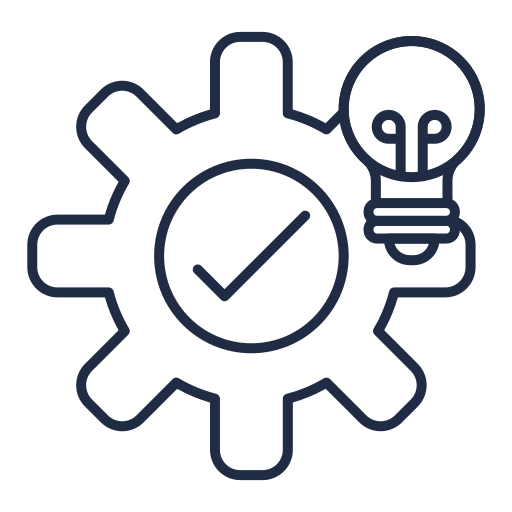Event detection
Several observatories are actively monitoring environmental events such as floods, heatwaves, and low-water situations. In this section, we invite participants to envision the characteristics of a future system by articulating their specific needs in this domain.
In this question we asked the participants if integrating data from other observatories or other sites of the same observatory could be useful in detecting events.
In this question we asked the participants if integrating data from external sources such as Météo France for example, could help in predicting events or detect them.
In this question we asked the participants if giving them the possibility to integrate data manually could help in predicting events or detect them.
Event response
Upon detecting an event, certain sites may wish to adapt their network accordingly. This section inquires about participants' preferences regarding how they would like to respond to an event.
We asked participants if they would be interested in increasing the frequency of data collection when an event is detected.
We asked participants if they would be interested in decreasing the frequency of data collection when no event is detected.
In this question, we asked the participants if they would like to activate or deactivate part of the systembased on the state of the event.
Health monitoring
Sensors may intermittently generate inaccurate measurements, prompting the identification and replacement of faulty units, particularly when such instances occur frequently. In this survey section, participants are prompted to articulate their preferences for a future system that can autonomously detect and report these faulty sensors.
In this question, we asked the participants if they would be interested in integrating external data (from other observatories, for example), in order to detect corrupt sensors.
Here, we asked the participants to choose their preferred notification method in case of a corrupt sensor for the sensor health monitoring system.
The participants were asked to indicate the maximum delay that they would accept for detecting a corrupt sensor. The delay is measured in hours.
Pre processing
Sites commonly undertake data processing before sending it to the laboratory. This process is usually geared towards minimizing the time between data collection and publication or reducing the volume of data for transmission. The forthcoming graphs depict respondents' preferences for handling data before transmitting it to the laboratory.
Here we ask the participants if they have any existing models that would be useful for detecting corrupt sensors.
Real time data
The following graphs show the results of the survey for the real time data.
The participants were asked if they were interested in the real-time data system.
